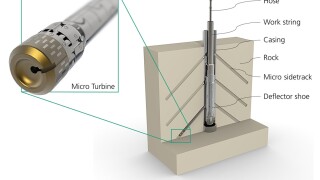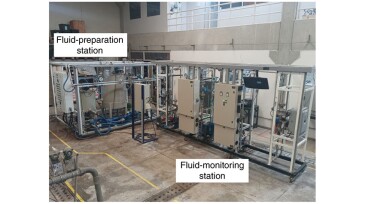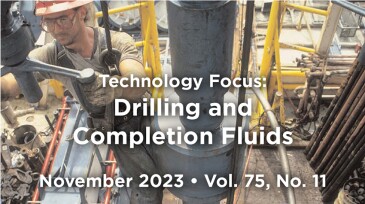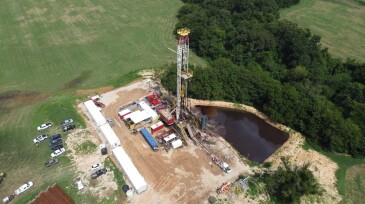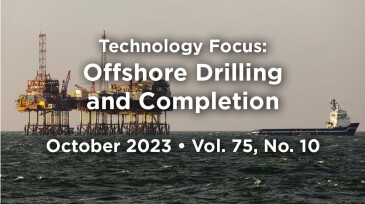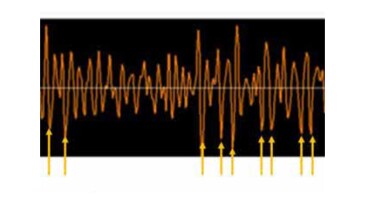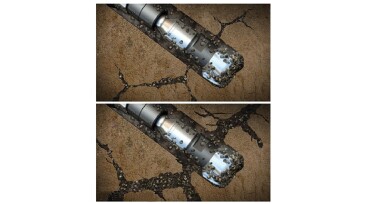Drilling
The Federal Reserve Bank of Dallas’ fourth-quarter energy survey shows that oil prices and geopolitical uncertainty are curbing enthusiasm heading into the new year.
A field test study examines micro turbine drilling in a clay formation that allows steel casing and formation to be drilled in a single operation.
The discovery in the Kutei Basin offshore Indonesia is being considered for fast-track development.
-
This paper presents the concept of a supervisory and advisory system dedicated to support the detection of abnormal events and to provide guidelines for fluid treatment.
-
This paper describes the success of using a new low-equivalent-circulating-density organophilic clay-free inverted emulsion fluid in gas reservoirs at elevated temperatures and with differential pressures up to 4,500 psi.
-
This paper describes a systematic full-scale test program to study and optimize solids-control efficiency with hollow-glass-beads drilling fluids.
-
At every stage, well-construction projects must be concerned about those aspects to establish measurable barriers for preventing issues. Therefore, drilling and completion fluids are critical for achieving project goals and ensuring operations are executed as planned.
-
Standard Lithium says the latest drilling project indicates an increasing trend of lithium concentrations in the Texas portion of the Smackover formation.
-
This paper presents an approach to optimize the location of wellhead towers using an algorithm based on multiple parameters related to well cost.
-
Optimizing and continually increasing efficiencies at every stage of the drilling and completion process are central themes in the papers showcased in this feature. Innovating our way through difficult times is what the oil and gas industry excels at, especially during challenging periods. During the COVID-19 pandemic, the offshore energy industry faced immense strugg…
-
This paper discusses tools and techniques used to localize a tubing leak in a horizontally completed multilateral well, identifying the bore responsible for sand production and providing relative sand quantification at differing flow rates.
-
This paper describes the application of learnings from an offshore project in the Caspian to an underground gas storage project to enhance drilling performance.
-
The heated global jackup rig market has day rates for premium units climbing higher.


